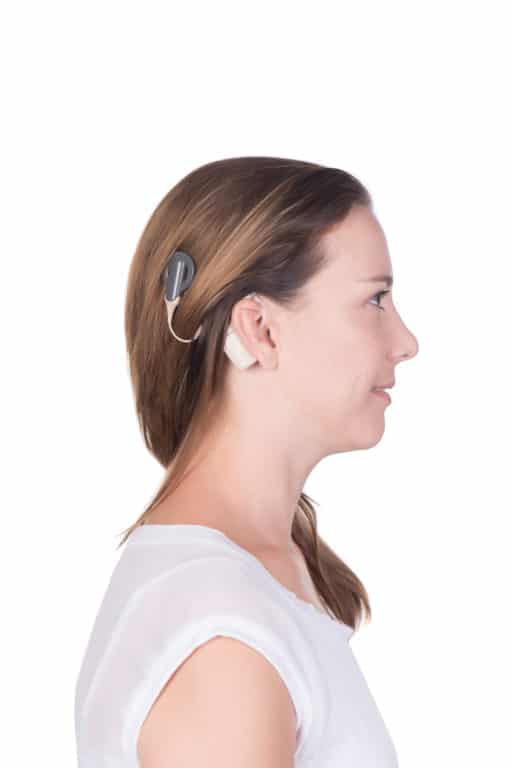Most people are familiar with hearing aids, but cochlear implants are less well understood. This isn’t too surprising given that the majority of people with hearing loss in Tucson – nine out of ten – treat their impairment with hearing aids, many of which are at least partially visible to others, depending on their size and style. By contrast, cochlear implants are barely noticeable, and worn by a much smaller percentage of people.
Who Wears Cochlear Implants?
Hearing aids are the gold standard of treatment for most people with hearing loss. They work by amplifying sounds, enabling those with nerve damage to hear better. Simply boosting audio levels won’t work for those experiencing severe hearing loss or profound deafness. Instead, these individuals may benefit from cochlear implants – surgically implanted devices that generate electrical signals that are sent to the brain and interpreted as sound. Candidates for cochlear implants are typically those with advanced language and communication skills, often people who have developed hearing loss later in life. Children younger than six, whose speech and language skills are still developing, also make good candidates.
How Do Cochlear Implants Work?

Cochlear implants consist of two components: an external portion that houses a microphone, speech processor, and transmitter, and an internal portion containing a receiver and electrode array. The external portion is worn behind the ear, and the internal portion is implanted in the ear. The microphone captures sound and sends it to the processor, which converts the sound to electrical impulses. These signals are sent by the transmitter to the receiver and forwarded to the brain, bypassing damaged hair cells in the cochlea. The brain is able to interpret these signals as sound.
Tucson patients with cochlear implants should realize they aren’t a cure for hearing loss – but then again, neither are hearing aids! Both devices allow you to communicate more effectively with others – they just go about it differently. If you are experiencing profound hearing loss and your Tucson audiologist has determined you are a viable candidate for cochlear implants, you’ll undergo cochlear mapping first.
What is Cochlear Mapping?
In order for you to get optimal performance from your cochlear implants and teach your brain how to “hear,” they’ll have to be programmed to your specific needs. This process is known as cochlear mapping.
During the cochlear mapping process, a computer measures your response to a series of tones. Your Tucson audiologist uses this information to adjust them to match your specifications. Additional adjustments and fine-tuning will be made periodically as you learn how to communicate using cochlear implants.
Pretty cool, huh? If you’re experiencing severe to profound hearing loss and can’t be helped by conventional hearing aids, contact your Tucson audiologist to learn if you are a candidate for cochlear implants.